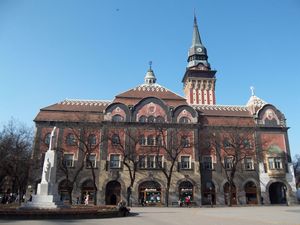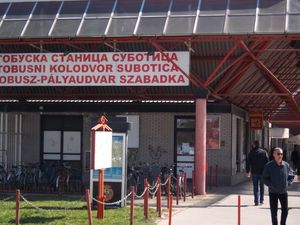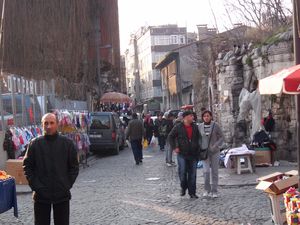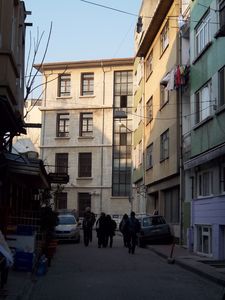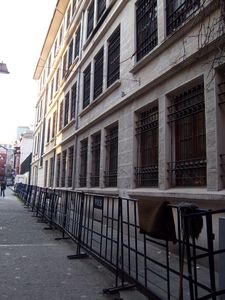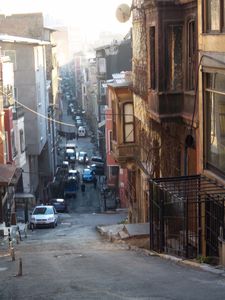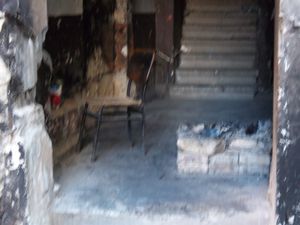The term "refugee" is generally understood as referring to Serbia the Serbs of Bosnia and Croatia who fled to Serbia during the war. Kosovo Serbs from Serbia are the ones designated as "internally displaced".
Serbia is traditionally a country of emigration. The European Union is to impose an agreement on readmission of its nationals illegally staying in the EU, in exchange for liberalization of visa regime. It extends the measures taken by Serbia against Serbian "fals asylum seekers": opposition to their leaving the country and penalisation of their "abusive" request in the EU countries. Double violation of fundamental rights which boasts the European Union: right to leave any country including his own, right to seek asylum. Specifically, these measures concern mainly the Romas.
On asylum, Yugoslavia signed in the 60s the Geneva Convention, but geographically limited to members of the Council of Europe. As in Turkey, it is UNHCR who taught asylum applications from nationals of the world, they being resettled in another country in case they were recognized as refugees.
In the negotiations for accession to the EU, Serbia adopted in 2007 an asylum law that ended the geographical limitation. In 2008, there were a few hundred asylum applications, in 2011 several thousand. However, since no one has obtained refugee status, and only 5 persons were granted subsidiary protection. Negative responses to appuyent primarily on the notion of safe country of origin and especially a safe third country through which flowed asylum seekers and where they were supposed to stay safe. This concept also justified the expulsion of rejected applicants, but it is not systematic.
There is a reception center for asylum seekers in Banja Koviljaca, with a capacity of 120 places. It is insufficient to accommodate all applicants.
Asylum seekers are not allowed to work, and are normally housed and fed. In this case they do not touch money. If they are not hosted, they affect the social minimum of 80 euros per month, which is insufficient to accommodate and provide for basic needs.
Most asylum seekers leave the country before the end of their procedure, because their primary purpose was not to remain in Serbia, because they are mostly in a precarious position for the duration of the procedure and virtually no chance to get a refugee status or subsidiary protection, and because the prospects of integration if they had that chance is very low.
Unaccompanied children seeking asylum are housed at the center of Banja Koviljaca. The others are placed in centers for children in difficulty, as the Serbian miners.
There is a removal center in the region of Belgrade, but the exiles are often locked up in prison for illegally crossing the border. Currently, the authorities avoid costly investment in the deportation center, and are content to give bond to leave the territory or to expel directly to neighboring Macedonia.


